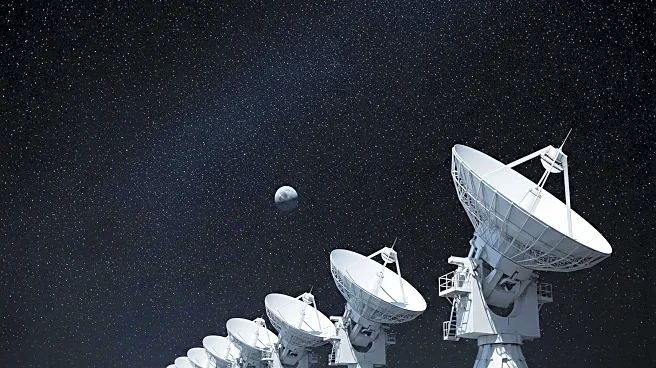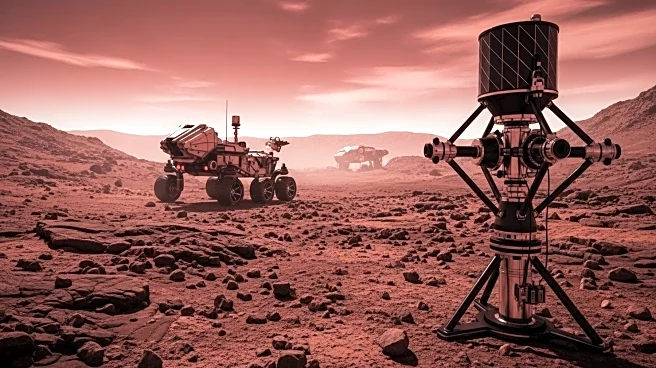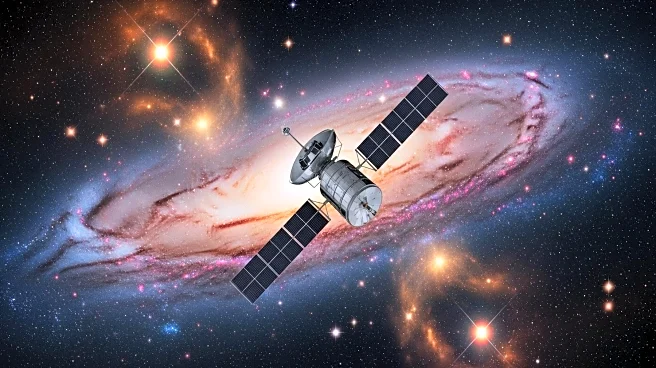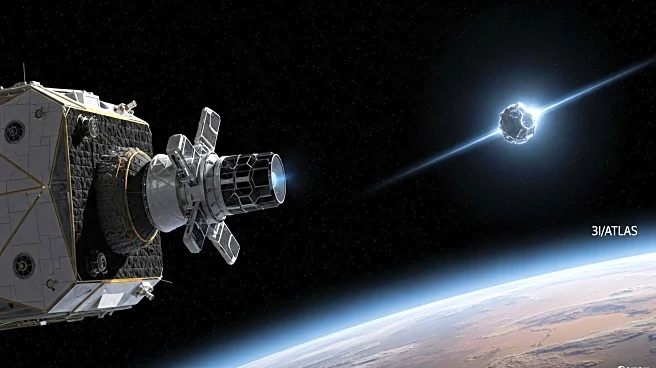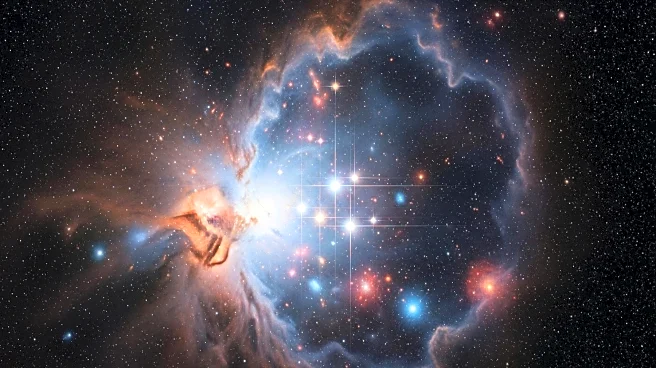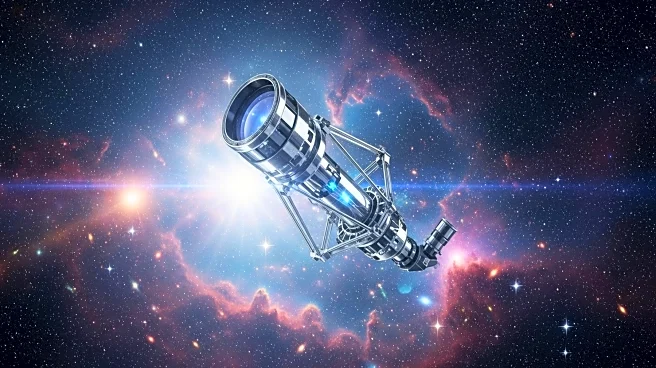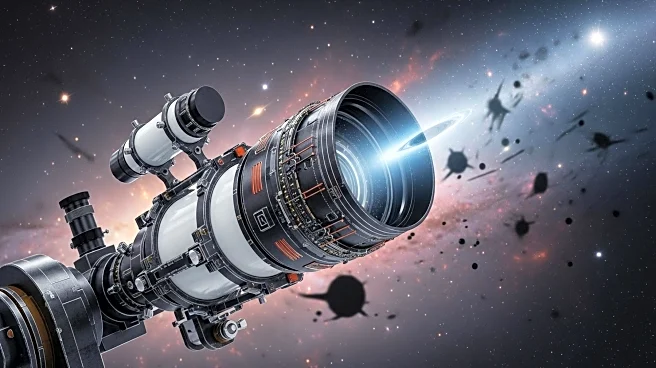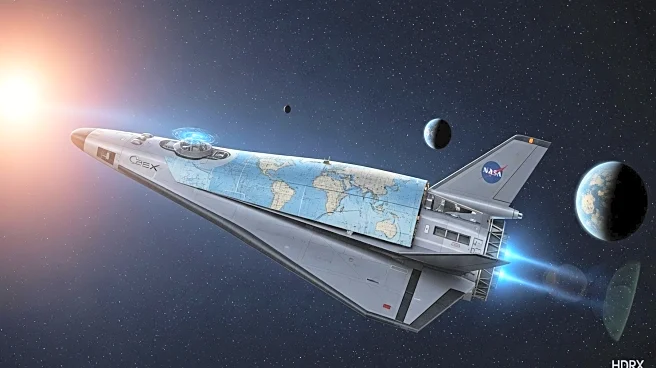What's Happening?
NASA has announced a significant milestone in its Exoplanet Exploration Program, reaching the discovery of 6,000 exoplanets. This achievement comes 30 years after the first exoplanet was identified around a star similar to our Sun. The program, managed by the Jet Propulsion Laboratory (JPL) in Southern California, focuses on discovering and understanding planetary systems around nearby stars. The discovery of these exoplanets has been facilitated by NASA's space telescopes, which have revolutionized the way humanity views the night sky. The program aims to answer fundamental questions about the universe, such as the existence of life beyond Earth. The James Webb Space Telescope has already analyzed the atmospheres of over 100 exoplanets, and future missions like the Nancy Grace Roman Space Telescope will continue to expand this research.
Why It's Important?
The discovery of 6,000 exoplanets is a major advancement in astrophysics, providing insights into the diversity and characteristics of planets beyond our solar system. This milestone enhances our understanding of planetary formation and the potential for life elsewhere in the universe. The findings suggest that rocky planets, similar to Earth, are more common in the universe, which could have implications for the search for extraterrestrial life. The continued exploration and characterization of exoplanets are crucial for developing strategies to identify biosignatures, which are indicators of past or present life. This research not only advances scientific knowledge but also inspires technological innovations and international collaborations in space exploration.
What's Next?
NASA's Exoplanet Exploration Program will continue to focus on finding and studying rocky planets with the potential for life. The upcoming Nancy Grace Roman Space Telescope is expected to discover thousands of new exoplanets using gravitational microlensing, a technique that detects planets by observing the bending of light from a distant star. Additionally, the European Space Agency's Gaia mission will contribute thousands of exoplanet candidates through astrometry, which measures the precise movements of stars. These efforts will require collaboration across the scientific community to confirm and study these new discoveries, further expanding our understanding of the universe.
Beyond the Headlines
The ongoing discovery of exoplanets challenges our understanding of planetary systems and the conditions necessary for life. It raises ethical and philosophical questions about humanity's place in the universe and the potential for contact with extraterrestrial life. The research also highlights the importance of international cooperation in space exploration, as missions from different countries contribute to the growing database of exoplanets. As technology advances, the ability to directly image and study these distant worlds will improve, potentially leading to groundbreaking discoveries about the nature of life beyond Earth.

